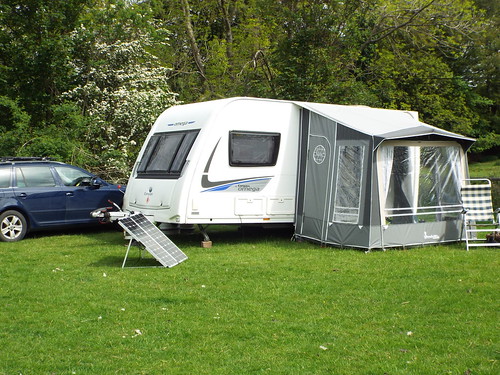Hi friends,
Just bit the bullet and ordered a (100W monocrytalline) solar panel for our Bailey Phoenix 420. I was just wondering if I need a specific type of leisure battery to get the best out of it? Our caravan (and battery) was new this year, but I remember it saying "ideal for motor movers and minimal off grid use". It's at storage at the moment so I can't look what it is exactly at the moment.
Had anyone got any good advice?
Thanks again guys
Just bit the bullet and ordered a (100W monocrytalline) solar panel for our Bailey Phoenix 420. I was just wondering if I need a specific type of leisure battery to get the best out of it? Our caravan (and battery) was new this year, but I remember it saying "ideal for motor movers and minimal off grid use". It's at storage at the moment so I can't look what it is exactly at the moment.
Had anyone got any good advice?
Thanks again guys


